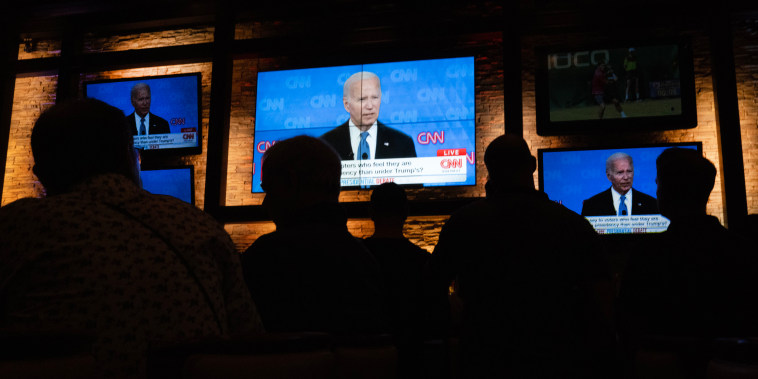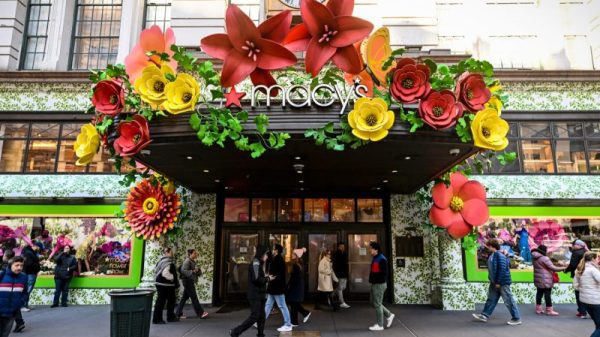In a year filled with unprecedented events and continuous upheaval, the recent presidential debate drew in a substantial audience of 51.3 million viewers, marking a significant moment in the political landscape of the United States. The debate itself served as a platform for the two main presidential candidates to showcase their policies and engage in a battle of ideologies in front of a vast national audience.
While the debate drew in a considerable number of viewers, the figure represented a slight dip from recent major events, indicating a potential shift in viewer engagement or possibly reflecting the current state of viewer fatigue stemming from the relentless news cycle of the past several months. Despite this decline in viewership, the impact of the debate on the audience cannot be understated.
The presidential debate served as a focal point for numerous individuals across the nation, each with varying levels of political engagement. For many viewers, the debate provided an opportunity to witness firsthand the contrasting visions and policy proposals of the competing candidates. It allowed voters to evaluate and compare the stances of each candidate on critical issues, from healthcare to the economy, to foreign policy and social justice.
Furthermore, the televised event provided a moment for voters to assess the demeanor, rhetoric, and overall performance of the candidates. Body language, gesticulations, tone of voice, and responses to questions all played a pivotal role in shaping public perception of the candidates. Viewers scrutinized not just the content of the candidates’ statements but also the manner in which they presented themselves on a national stage.
The debate also served as a forum for media outlets and pundits to analyze, critique, and dissect the candidates’ performances in real-time. Post-debate analysis became a significant part of the narrative, with experts and journalists offering insights and interpretations of the candidates’ statements and strategies. This coverage further influenced public opinion and shaped the ongoing discourse surrounding the candidates and their respective campaigns.
Moreover, social media platforms buzzed with reactions, memes, fact-checks, and instant polls following the debate. The digital sphere became a battleground of opinions, where supporters and detractors of each candidate engaged in impassioned debates and discussions. The power of social media in shaping public discourse and swaying public opinion was once again on full display during and after the debate.
In conclusion, the presidential debate, despite a slight decline in viewership, remains a cornerstone of the American political landscape, offering a critical platform for candidates to present their visions and engage with voters. The event not only serves as an opportunity for voters to evaluate the candidates but also influences media coverage, public discourse, and the digital conversation surrounding the election. As the election date draws nearer, the impact of the debate on the public consciousness and voter sentiment will undoubtedly continue to reverberate across the nation.


























